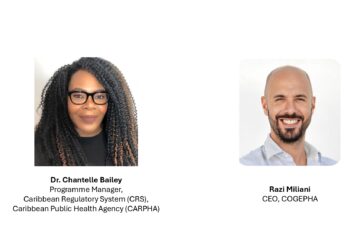On July 12, 2024, the New York Times published an article on the rise of counterfeit Ozempic and highlighting the greater risk of buying drugs online. The article interviewed a member of Fight the Fake Alliance, Shabbir Imber Safdar, Executive Director of the Partnership for Safe Medicines. You can access the full NYTimes article here.
As Ozempic and other weight loss drugs grow in popularity, there is a growing concern regarding the accessibility of fake versions online. These counterfeit medications often look identical to the original and pose significant health risks as they may contain dangerous components or be a completely different drug.
The counterfeit market for Ozempic and similar weight loss drugs arose from the high demand and short supply of the drugs. Many online sellers will sell counterfeit drugs without a prescription or any contact with a doctor. Additionally, patients are often unable to verify these online sellers and the drugs being sold.
Counterfeit Ozempic poses a uniquely high health risk because it is injected and manufacturing sterile injectable drugs is extremely challenging. The nature of the drug delivery, coupled with the high willingness of consumers to buy these drugs without medical supervision or verification, places people at a high risk of taking fake Ozempic unknowingly.
In general, consumers need to be more aware of the risks of substandard and falsified medicines, especially when it comes to buying medication online. Luckily, there are measures that consumers can take to prevent from falling victim to not only counterfeit Ozempic but all counterfeit medicine in general.
Firstly, consumers should not buy drugs from unlicensed online vendors or a medical spa. Consumers should also avoid products sold at a price significantly below the typical list price. These two things frequently indicate that these medications may be falsified or substandard. The World Health Organization (WHO) has also recommended individuals pay attention to subtle irregularities like misspellings or flimsy labels. Lastly, Novo Nordisk and Eli Lily have online resources to help people verify their products. You can find these resources below:
Novo Nordisk: here
Eli Lilly: here
Ultimately, Ozempic is just one example of the growing counterfeit drug market. The problem of substandard and falsified medicines is not going away – we encourage you to take measures to avoid counterfeit medicine and to join us in the fight against fake medicine.


